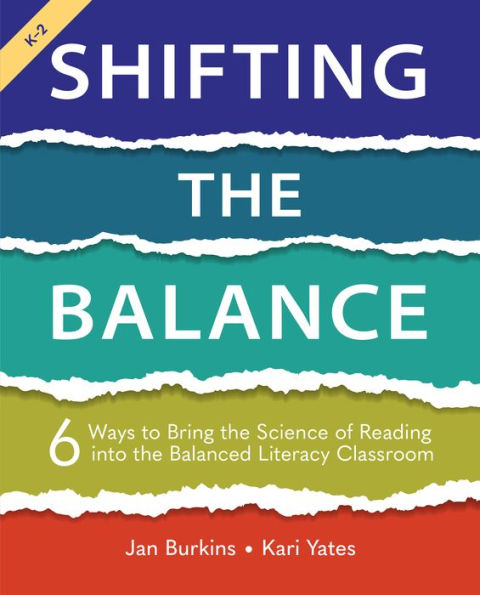Table of Contents
Acknowledgments xi
Introduction Embracing Science and Balance 1
Shift 1 Rethinking How Reading Comprehension Begins 9
Clearing Up Some Confusion 12
Misunderstanding 1 Reading comprehension begins with print 12
Misunderstanding 2 Understanding spoken language and understanding written language are two different things 16
Misunderstanding 3 If children have strong oral language, they have most of what they need to learn to read 18
Misunderstanding 4 Successful comprehension in beginning reading texts means that reading comprehension is on track 20
A Short Summary of the Science 22
Recommendations for Making the Shift 23
Shift 2 Recommitting to Phonemic Awareness Instruction 33
Clearing Up Some Confusion 35
Misunderstanding 1 Phonemic awareness develops naturally 36
Misunderstanding 2 Phonemic awareness and phonics are the same thing 38
Misunderstanding 3 Once children know all their letters and sounds, they will be able to read 40
Misunderstanding 4 Phonemic awareness is mostly a readiness or prereading skill 42
Misunderstanding 5 Intentional phonemic awareness instruction takes a lot of time or fancy resources 42
A Short Summary of the Science 48
Recommendations for Making the Shift 49
Shift 3 Reimagining the Way We Teach Phonics 63
Clearing Up Some Confusion 65
Misunderstanding 1 Learning to recognize letters is just like learning to recognize any other object 66
Misunderstanding 2 Strengthening phonics instruction means purchasing a program 67
Misunderstanding 3 Phonics isn't really worth teaching because English is unpredictable and its spellings are unreliable 70
Misunderstanding 4 If you have a strong scope and sequence and solid instructional routines, you have systematic instruction 72
Misunderstanding 5 Learning phonics is boring 74
A Short Summary of the Science 75
Recommendations for Making the Shift 76
Shift 4 Revising High-Frequency World Instruction 89
Clearing Up Some Confusion 91
Misunderstanding 1 Sight words are the same as high-frequency words 91
Misunderstanding 2 High-frequency words can't be decoded 93
Misunderstanding 3 Children just need to memorize irregularly spelled high-frequency words as whole units 94
Misunderstanding 4 The best way to learn high frequency-words is to practice reading, writing, and/or chanting the letters over and over 95
Misunderstanding 5 If you can read a word, you know it 96
A Short Summary of the Science 99
Recommendations for Making the Shift 100
Shift 5 Reinventing the Ways We Use MSV (3 Cueing Systems) 109
Clearing Up Some Confusion 114
Misunderstanding 1 We need to avoid telling students to "sound it out." 115
Misunderstanding 2 When they are problem solving, children should first ask "What would make sense?" 116
Misunderstanding 3 Children don't need to use all of the print to read 118
Misunderstanding 4 The primary reason to teach children to decode is to problem solve the word in the moment 120
A Short Summary of the Science 121
Recommendations for Making the Shift 122
Shift 6 Reconsidering Texts for Beginning Readers 135
Clearing Up Some Confusion 137
Misunderstanding 1 Decodable texts are loaded with problems 138
Misunderstanding 2 Predictable texts make learning to read easier 141
Misunderstanding 3 Using meaning as the go-to source of information will teach children to comprehend 144
Misunderstanding 4 As long as kids are spending time with books every day they wilt become better readers 145
A Short Summary of the Science 147
Recommendations for Making the Shift 148
Afterword 159
References 161
Index 175






